Easter chocolate – The healthier way
By Louise Belle BHSc (Nut Med)
Easter is always the perfect excuse to eat our weight in chocolatey treats! We visit the supermarket and the aisles are lined with beautiful foil-wrapped eggs and we can’t help but sneak a couple into our shopping basket. We end up eating chocolate in the weeks leading up to Easter, as opposed to just the Easter weekend. Now I know you don’t want to hear it but binging on chocolate may not be doing your health any favours. Whilst the cocoa bean itself (what chocolate is made from) has many health properties, not all chocolate is created equal. Here are some things to look out for when shopping for your chocolate this Easter:
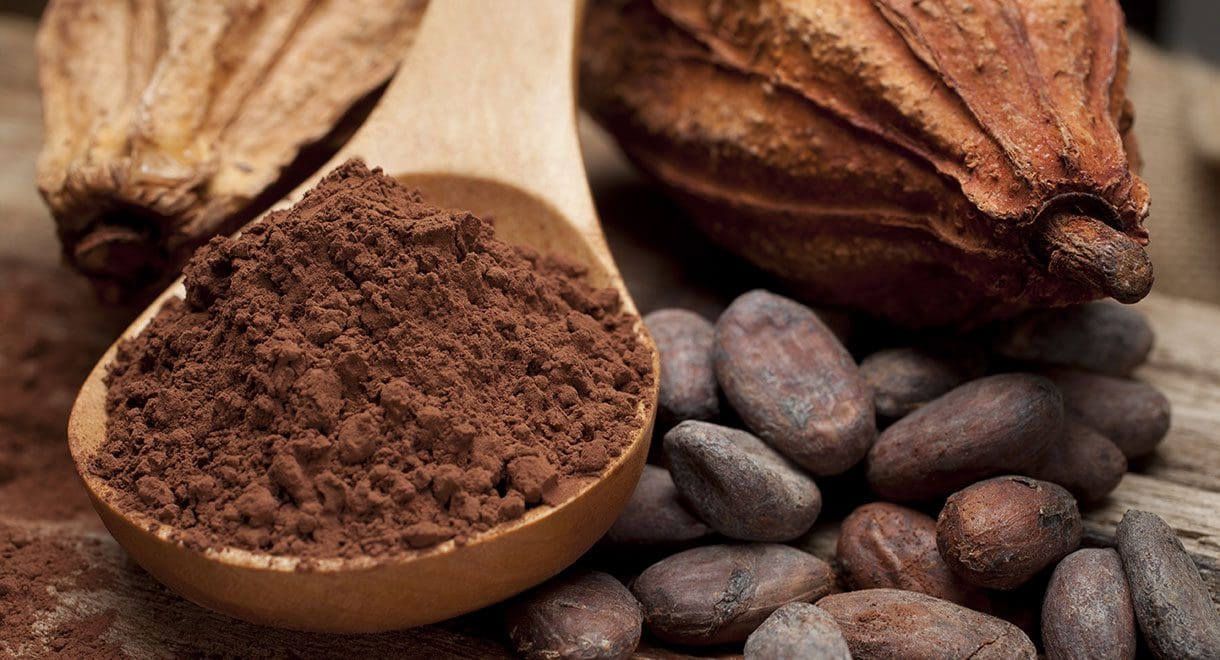
Cocoa content
This is simple – the more cocoa the more health benefits! Cocoa or cacao have antioxidant properties and have been shown to improve memory, be protective for heart health and have anti-ageing benefits. The darker the chocolate, the more cocoa mass and therefore the more health benefits. Look for chocolate that is 70% or more cocoa (85-90% is even better!!). White chocolate contains ZERO cocoa (only its butter), so it technically isn’t even chocolate.
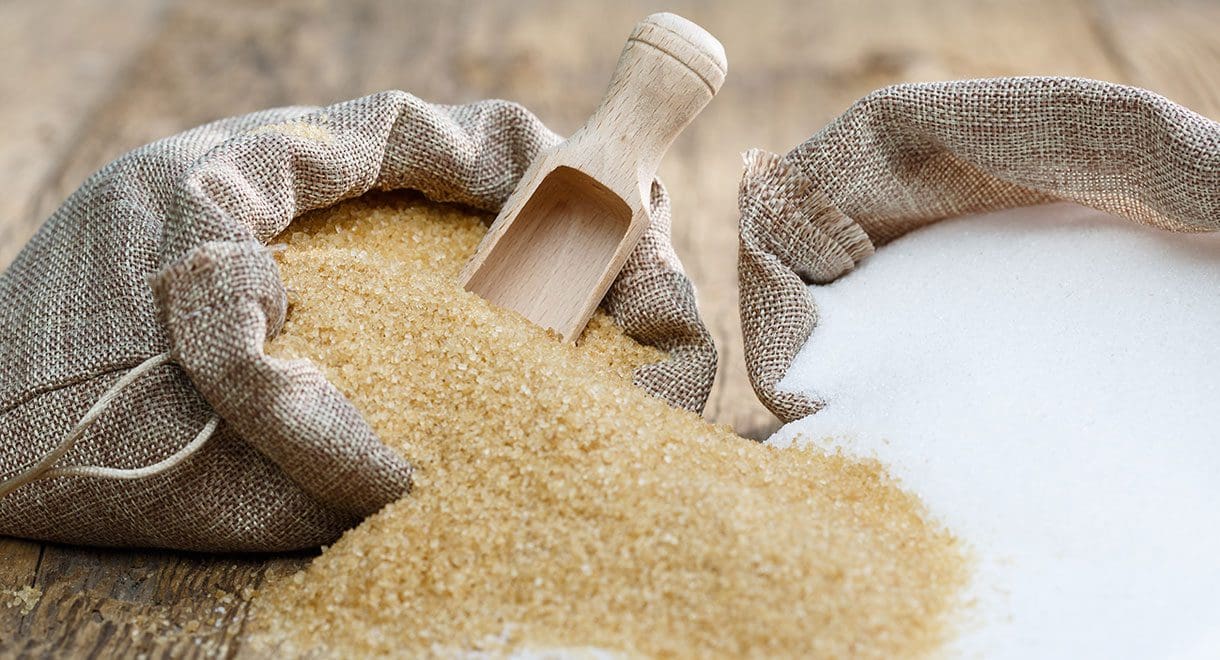
Sugar
The sugar content can quickly make or break the health benefits of chocolate. Sugar is inflammatory to the body, can suppress the immune system, feeds pathogenic bacteria growth, can cause disruptions in blood sugar and can lead to fatty deposits in the liver. Look at the sugar content of the chocolate you’re choosing and aim for those with lower sugar levels. Generally speaking, dark chocolate contains less sugar than milk or white chocolate. Natural sweeteners such as stevia and erythritol are ok.
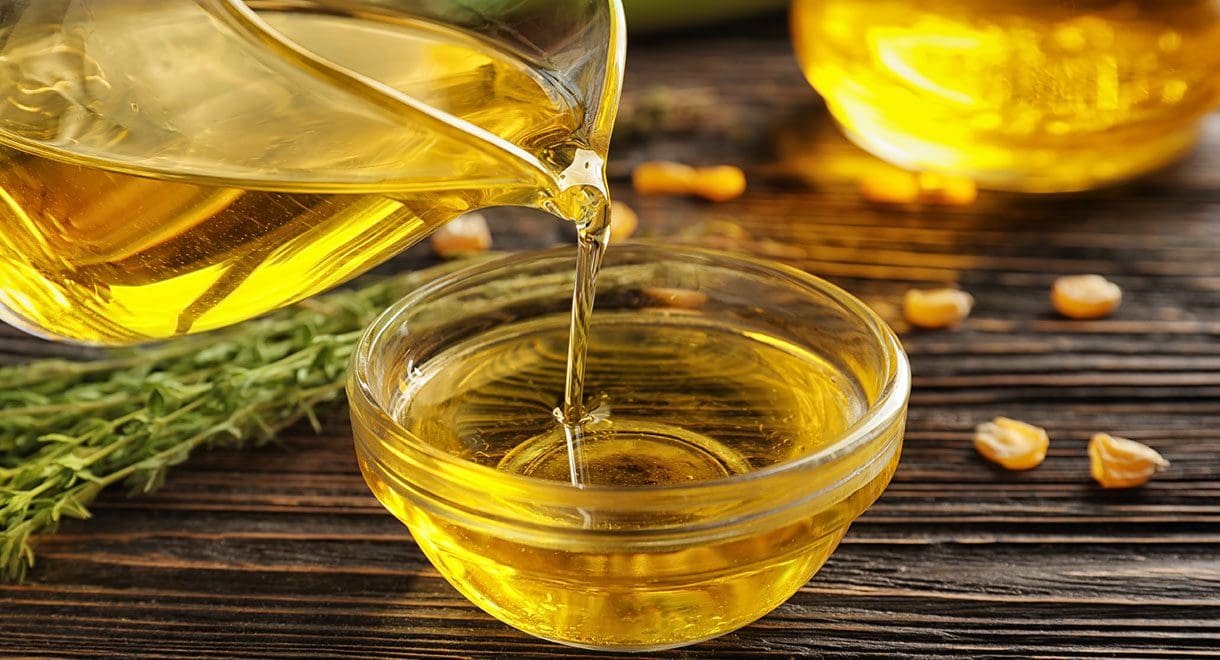
Vegetable fats
Generally speaking, the vegetable fats used in chocolate can be of poor quality. They offer little to no health benefits, are processed and unstable, can be proinflammatory to the body and contribute to ‘bad’ cholesterol levels.
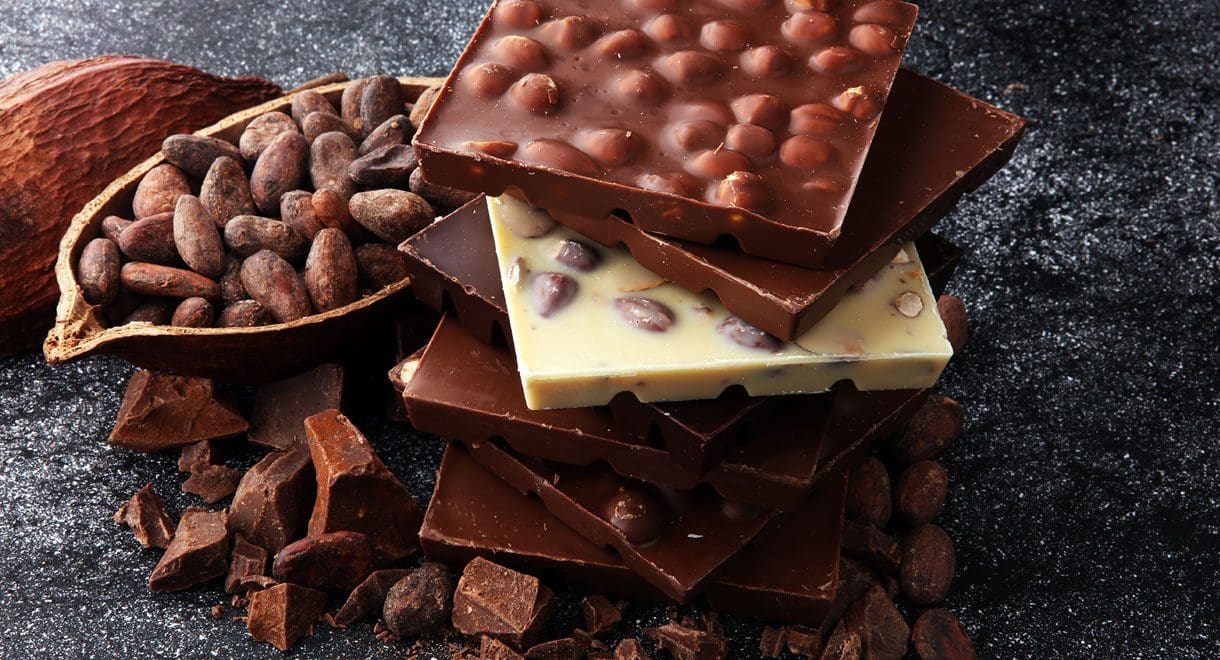
The number of ingredients
Sometimes, less is more. The longer the list of ingredients, the more processed the chocolate is and the less cocoa it is likely to contain. Flavoured chocolates tend to have more ingredients. Sticking to plain, dark chocolate is best (but a sprinkle of sea salt or almonds won’t hurt!)
Try this healthy, home-made chocolate recipe below!!
Coconut almond chocolate bark
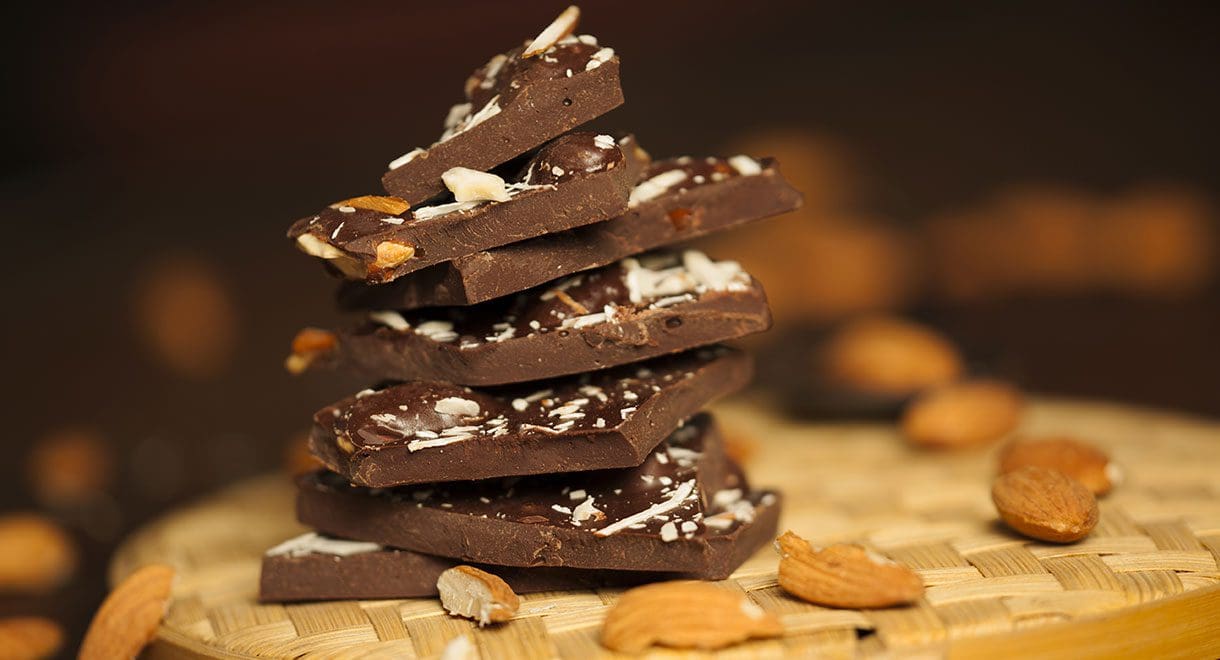
Ingredients
- ¾ cup coconut oil
- 1/4 cup cacao powder
- 3 tbsp natural honey (or 1 tsp Nature Sweet Sugar Substitute)
- 2 tbsp coconut flakes
- 2 tbsp shaved almonds
- 2 tbsp goji berries (optional)
- Pinch sea salt
Method
- Line a small baking tray with grease proof paper.
- Place a saucepan on low heat and melt the coconut oil. Stir through the cacao and honey until well combined.
- Allow the mixture to cool slightly until it thickens and pour onto the baking tray.
- Sprinkle with coconut flakes, shaved almonds and goji berries.
- Set in the freezer for about 20 minutes.
- Break up into pieces and enjoy!! Store the leftover pieces in an airtight container in the fridge for up two weeks. Note: it will melt at room temperature.
If you find that you’re craving sugary treats or carrying a little excess weight, try Metabocel.







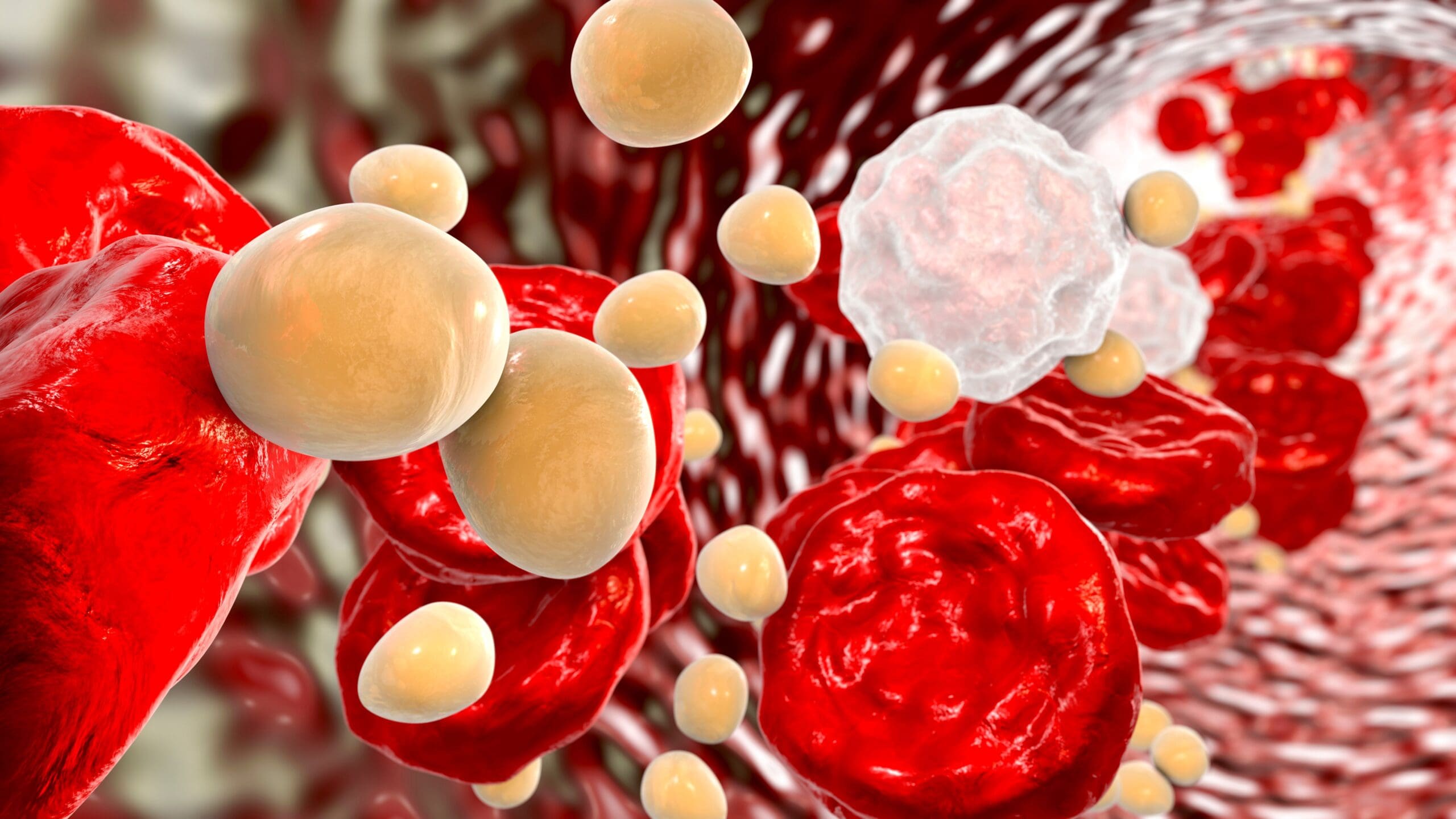

Leave A Comment